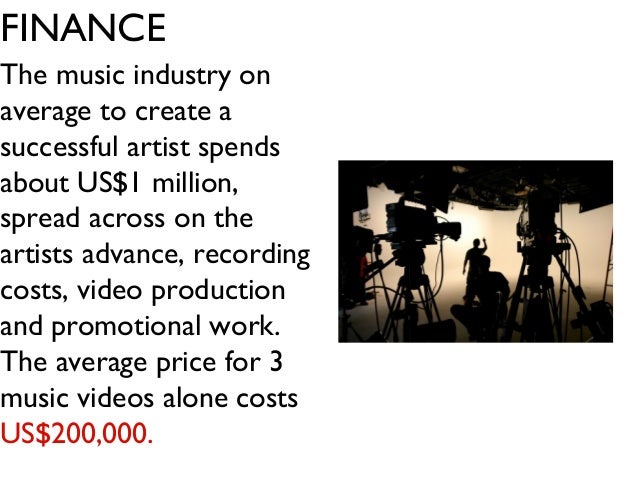

Use the following sections to learn more about the views used for task, resource, and assignment data. The resource information shown pertains to all assigned tasks for each resource, not just to the tasks selected in the top pane. For example, when you display any task view in the top pane and the Resource Usage view in the bottom pane, the view in the bottom pane shows the resources assigned to the tasks selected in the top pane, along with information about those resources. When you select a task or resource in the top pane of a combination view, the view in the bottom pane shows detailed information about the selected task or resource. Combination views display two views at the same time. If a single view isn't providing you with enough detail, you might find a combination view helpful. To view task information using a bar chart along a timeline, chose the Gantt Chart view. For example, if you want to enter resource data for your project in a spreadsheet, choose the Resource Sheet view or the Resource Usage view. This helps you identify which view will best suit your needs. When using the views in Project, decide what information you want to see (task, resource, or assignment data), and then decide what format you want to use. No group is applied by default.ĭetails consist of closely related fields that are displayed either in columns, as in a form view, or in tables that show information over time, as in a usage view.Ĭhanging tables, filters, groups, or view details does not add or delete information stored in Project, it merely presents a portion of the information in different ways. By grouping, you can categorize and view rolled-up tasks, resource, or assignment information in a variety of ways. The default filter applied to a view is either tall tasks (for task views) or all resources (for resource views).Ī group displays a specific category of project information. The default table displayed differs by view.Ī filter is a set of criteria for displaying specific tasks, resources, or assignments. In some views, you can also change the type of data that is displayed.Ī table is a set of fields displayed in the sheet portion of a view as columns and rows. To focus on a specific task, resource, or assignment in a view, you can display a different table and change a filter or group. ComponentsĮach view is made up individual components, such as tables, filters, groups, and details. Usage views list task or resource data in rows and columns on the leftmost side of the view, and show timephased data across rows and columns on the rightmost side of the view.įorm views present detailed information in a structured format about one task or resource at a time.Ī form view makes it easy to enter information about specific tasks and resources. Columns in Project are typically referred to as fields and you use them to enter specific information about tasks or resources.Ī sheet view resembles a spreadsheet or table of information. Rows contain information about tasks or resources. Sheet views present information in rows and columns, similar to a spreadsheet. Graph views provide an illustration of your project's schedule and progress. This format can be helpful when fine-tuning your schedule. Network Diagram views display your tasks in a flowchart format.

This format can be helpful when initially planning your schedule, and for reviewing your schedule as the project progresses. Gantt Chart views display a list of your tasks on the leftmost side of the view, with a graphical representation of those tasks in bars that span a timescale on the rightmost side of the view. Network Diagram views consist entirely of a chart. Gantt Chart views consist of a table and a bar chart.

Gantt Chart views, Network Diagram views, and graph views present information graphically. View formats include: Gantt Chart, Network Diagram, sheet, usage, and form. Project views use several different display formats. Project uses three types of views: task views, resource views, and assignment views. It is important to understand the difference between these properties. Project provides different types of views that present project information by using different formats and components, such as tables, filters, groups, and details. Understand the types, formats, and components of Project views For example, the task duration that you enter in the chart portion of the Gantt Chart view also appears in the Task Sheet view. That subset of information is stored in Project and is displayed in any view that calls for it. Views display, in a particular format, a subset of the information that you enter in Microsoft Project.


 0 kommentar(er)
0 kommentar(er)
